Wines for beginners: What should we know?
"The best wine is the one you like the most". Yeah, we know, this sentence sounds like a total cliché, but it is not. Beyond technical explanations that we professionals like to do and special wine lover advice we always have at hand, there is nothing described on how wines should taste.
What we can do is recommend wine styles for those who want to start enjoying the infinite amount of aromas and flavors that wines offer for us, to be specific, recommendations for wine beginners. If you’ve ever said "I have never drunk wine and I want to start, but I don’t know how” or something like that, then we got you covered.
This is a classic, textbook question, proposed by curious palates, who want to take the first step to becoming experts in the field (why not?)
But to develop an advanced palate, you have to work your way down. Go step by step, from smallest to largest, to not make things harder, at finding.wine wine shop, we will help you to get a successful start in this fabulous world of wines.
Tips to start drinking red wine
If the initial preference of a person who wants to start getting into the world of wines is red wines, our advice is to start distinguishing varietals (products made from a single grape variety) and to lean towards those that are fresh, fruity, with gentle tannins and subtlety on the palate.
It is inevitable to recommend our symbolic and versatile Malbec, which, with its classic fruity notes on the surface, its aromatic delicacy, and its silky mouthfeel, represents a very good option to start drinking wine.
In short, the list of ideal red wines for getting into this world could be completed with Malbec, Pinot Noir, Merlot, and Cabernet Sauvignon. Red wines tend to be refined, and elegant, without too much tannin load, they are suitable for the public, great choices to learn about wines and begin making new friends who are as interested as you in the field.
How can beginners know if a bottle of red wine is good?
These varietals must be fruity, respect their intrinsic characteristics of the grape variety, and are not aged in oak. Tasting wines with oak will be a subsequent step as you progress through this journey. The first and fundamental thing is to differentiate the different grape varieties and to know their main organoleptic characteristics.
That is to say, we recommend wines that are easy to drink, with low alcohol, not rested in oak, agile and dynamic when it comes to being drunk. Light-bodied, refreshing acidity, and versatile when pairing. It is not only important to taste the wine on its own, but also in the company of a dish by the label tasted.
But of all the red wine varieties (e.g. Malbec, Pinot Noir, Merlot, Cabernet Sauvignon), which ones should be the most recommendable to start with? Let’s see
Malbec
It is not only a great introduction to the world of wine but a personality that is reflected in our lives, on our tables, and in our glasses. On the palate, Malbec is characterized by several characteristics, let’s break them down.
- Malbec has a juicy grape that provides a superb, refreshing profile on the palate. Its aroma is very sweet, but it has very clean tannins. In addition, its acidity makes it much more refreshing than many others.
- Malbec also expresses itself best in fresh and fruity wines. It is produced in very distinctive regional terroirs (coming from some of the best areas of Argentina) where the soil, air, and sun give rise to excellent, uncompromising wine.
- Malbec, in general, is an aging, versatile grape that can be made in a variety of ways: from young wines made from the whole plant or just the male flowers to perfect wines aged for a long time, such as (and for our money) the superb mature wines from the Uco Valley.
Merlot
Merlots are ideal wines for those who want to taste fruits in their wine. These wines are characterized by.
- Merlot has a great expression of fruit with delicious notes of chocolate, vanilla, chocolate tannin, nutty, leather, and a hint of spice.
- Merlot has a soft, but slightly dusty palate, and does not go to the extremes of this category, without losing the characteristic charm that is in it.
- The texture and flavor of Merlot are excellent with all types of food, whether served as a dessert, an aperitif, or after a hearty Mediterranean meal.
- The richness of the fruit, the texture, the freshness on the palate, the redness, and the concentrated finish are irresistible.
I do not want red wines. I want white wines
If red wines are not your first option and instead, you’re craving white wine bottles, then, the best recommendation for you would be to start with natural sweet wines or late harvests. Products with low alcohol and a certain sweetness on the palate will make it easier to enter the world of white wines.
These wines usually accompany desserts or moments where you want to relax. Moreover, they are nowadays amazing for cocktails due to their sweetness. Lacking astringency or complex tannins, white wines are perfect to introduce yourself to the world of wines.
White wines go wonderfully with aperitifs or lighter meals. Once again, we also recommend starting with varietal wines. Blended wines (two or more varieties) are amazing, but that’s another field you’ll have to discover when you gain some experience.
What about rosés and sparkling wines?
Regarding rosé wines, Provence Style rosés have proliferated in all wine shops. Made from red grapes, the skin has had little contact with the liquid, resulting in very delicate products, with almost imperceptible tones and very agile on the palate.
We recommend tasting these dry wines with appetizers, salads, and lean meats. Roses are always a good choice for anyone who wants to learn more about wines and train their palate.
On the other hand, for those who want to enter the world of sparkling wines, our recommendation is, in line with the above mentioned, to start with the Demi-Sec or Sweet wines and then move on to the drier ones such as the Nature, Brut Nature or Extra Brut.
In short, for those who are entering the world of wine as a beginner, the point is to go little by little, that is to say, taking little steps will take you far. From less to more structure; from less to more alcohol; from less to more tannin; from varietals to blends; from fruity or woody labels; from less to more astringency; from less to more intensity.
It is a matter of practice and encouraging, step by step, to try the different options suggested. Of course, we always emphasize moderate consumption to preserve our health and that of others.


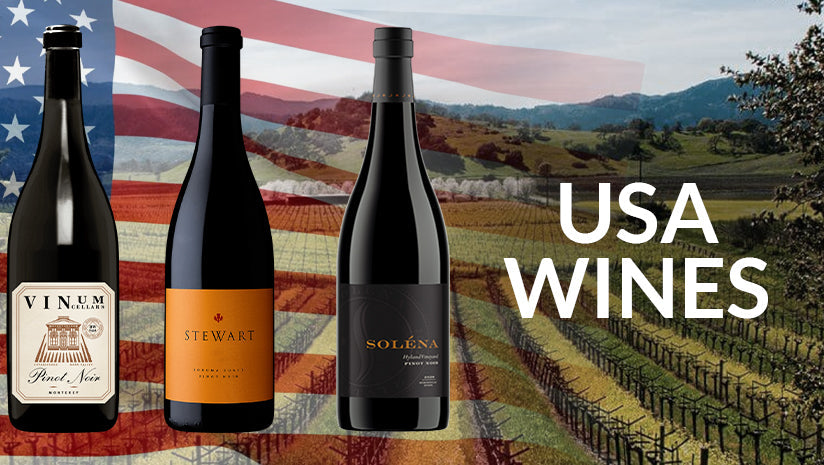
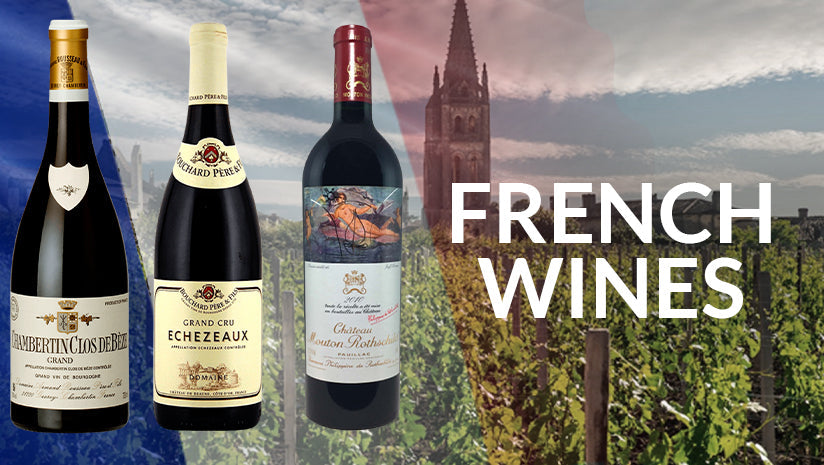
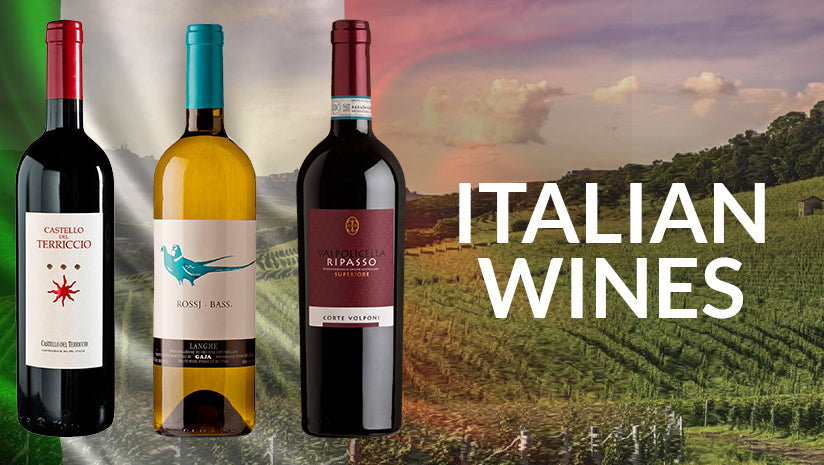
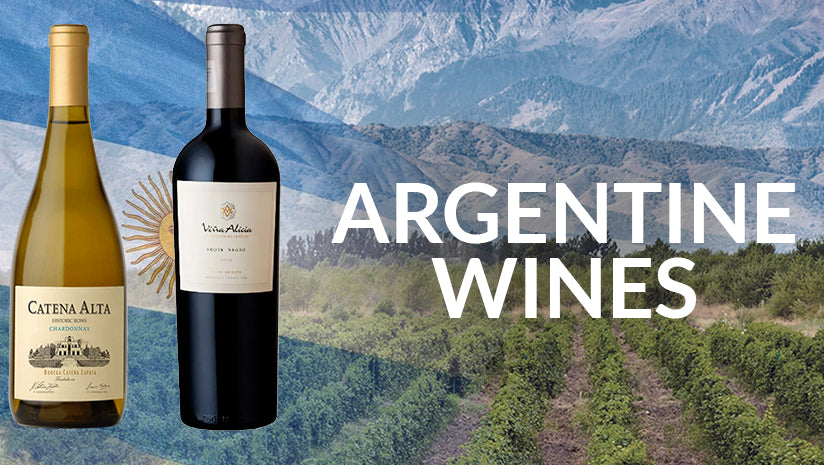
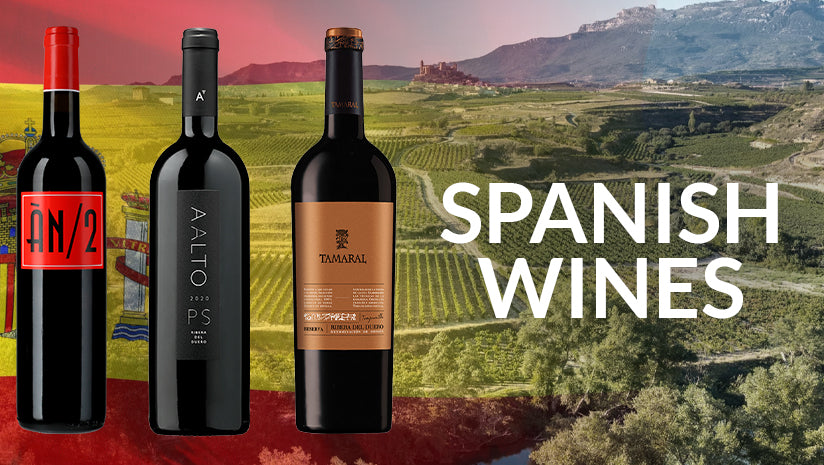
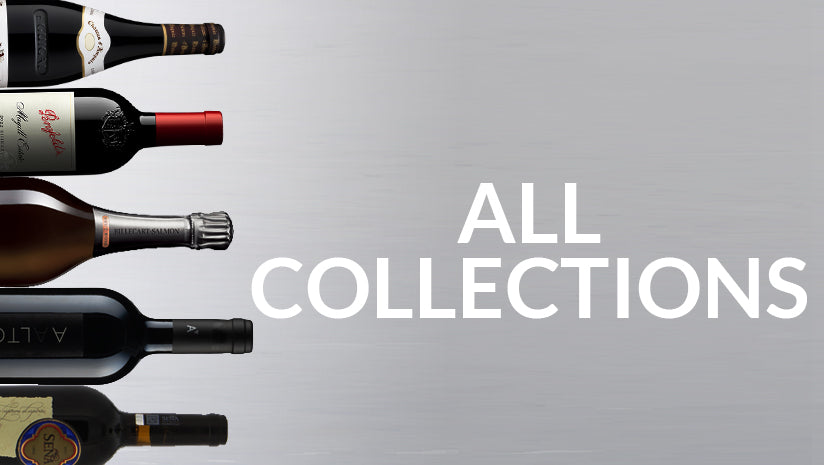
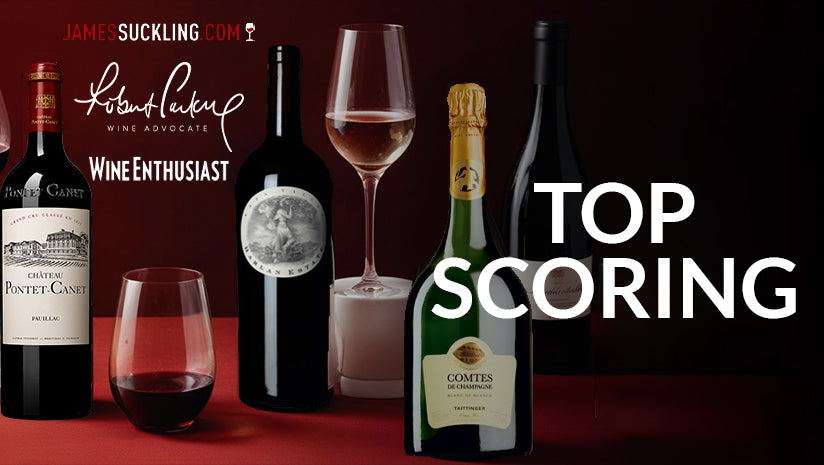

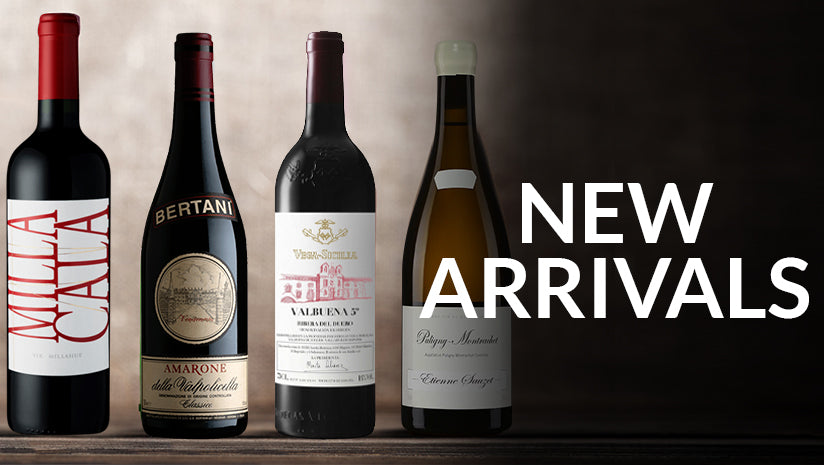















Leave a comment